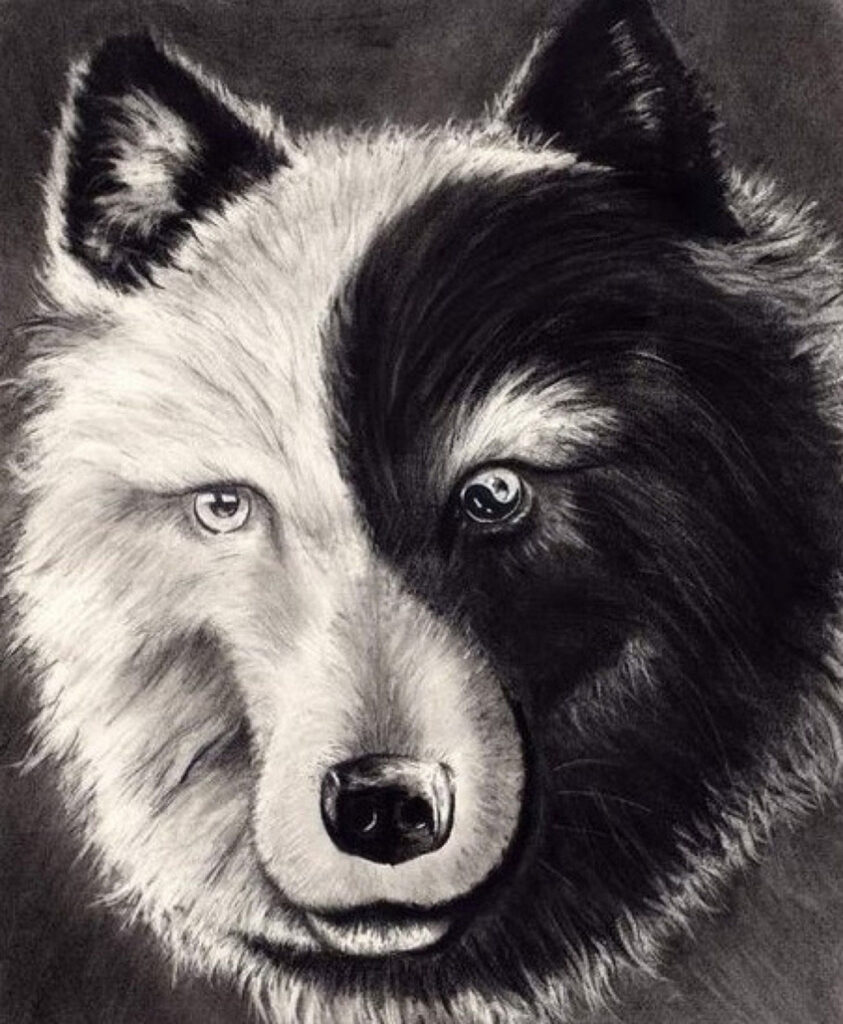
Asian Shamans Look Very Much Like Native Americans (American Indians)
Exploring the Shamanic Connections Between Hmong and Native American Cultures
Dive into the fascinating parallels between Hmong and Native American shamanic traditions, exploring shared symbols, rituals, and the enduring cultural significance of shamanism.

Exploring the Shamanic Connections Between Hmong and Native American Cultures
Shamanism, an ancient spiritual practice that bridges the physical and spiritual realms, holds a central place in the cultures of both the Hmong people and Native Americans. Despite originating from distinct regions of the world, the visual and symbolic similarities between these traditions are striking. From ceremonial garments to sacred rituals, both cultures emphasize a profound connection with nature, ancestors, and the spiritual world.
The Visual Parallels
One of the most notable similarities lies in the attire and ceremonial tools used by shamans. Hmong shamans, known as Txiv Neeb, often wear elaborate garments adorned with vibrant patterns and symbols, reminiscent of the regalia seen in Native American rituals. The iconic use of feathers in both cultures is particularly striking — Hmong altars often feature three feathers representing Taoist principles, while Native American traditions incorporate feathers as sacred tools for healing and spiritual communication.
Rituals and Their Significance
Both cultures view the shaman as a healer and spiritual guide, responsible for maintaining harmony within the community. In Hmong tradition, shamanic rituals, known as Ua Neeb, involve trance-like states, animal sacrifices, and offerings to appease spirits and restore balance. Similarly, Native American shamans perform intricate ceremonies to honor ancestors, seek guidance, and heal physical and spiritual ailments.
A Shared Reverence for Nature
Nature plays a central role in both traditions. The Hmong and Native Americans see animals, plants, and natural elements as sacred and integral to their spiritual practices. This deep reverence fosters a holistic worldview that emphasizes living in harmony with the environment.
The Challenges of Preservation
In modern times, the preservation of shamanic practices has faced challenges due to globalization, legal restrictions, and cultural misunderstandings. For example, the Hmong community in the United States continues to practice Ua Neeb but often faces legal and societal hurdles due to cultural differences. Despite these obstacles, the resilience of both traditions showcases their enduring relevance.
Bridging Spiritual Worlds
The parallels between Hmong and Native American shamanic practices invite reflection on humanity’s shared spiritual heritage. These connections remind us of the universal quest for healing, harmony, and a deeper understanding of the mysteries of life.
Key Takeaway
By examining the similarities between these two rich traditions, we can appreciate the diverse yet interconnected tapestry of human spirituality. Whether in the mountains of Asia or the plains of North America, shamanism continues to inspire awe and reverence across cultures and generations.
References and Further Reading
- Our World Forum II at Asiawind | Forum List | New Topic | Go to Top | Go to Topic | Flat View | Search | Log In | Author: Kobo-Daishi | Date: 11-28-12 18:48 | Www.Asiawind.Com | Asian Shamans Look Very Much Like Native Americans (American Indians) | Also, I did not know the Hmong (or Miao as they are called in China) practice a form of shamanism as well.





Sorry if this offends anybody. I am only posting what is being spoke of in the Hmong & Native American community.